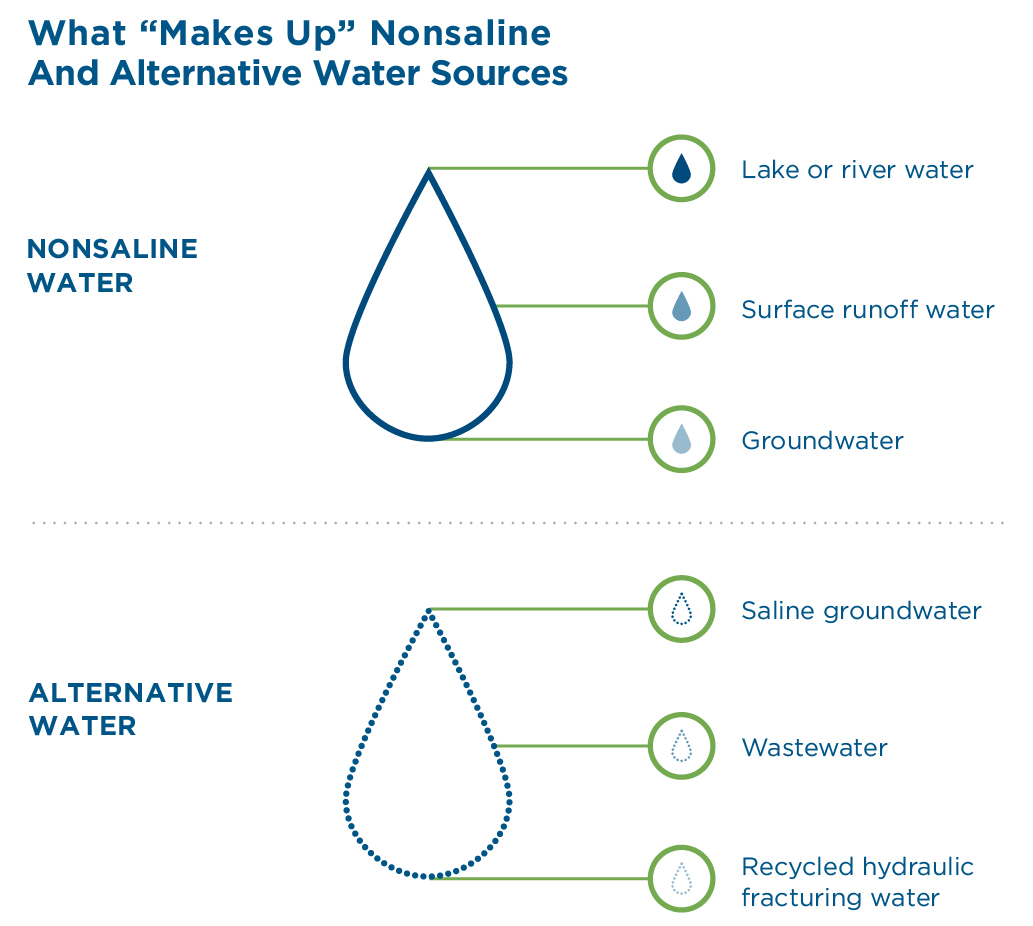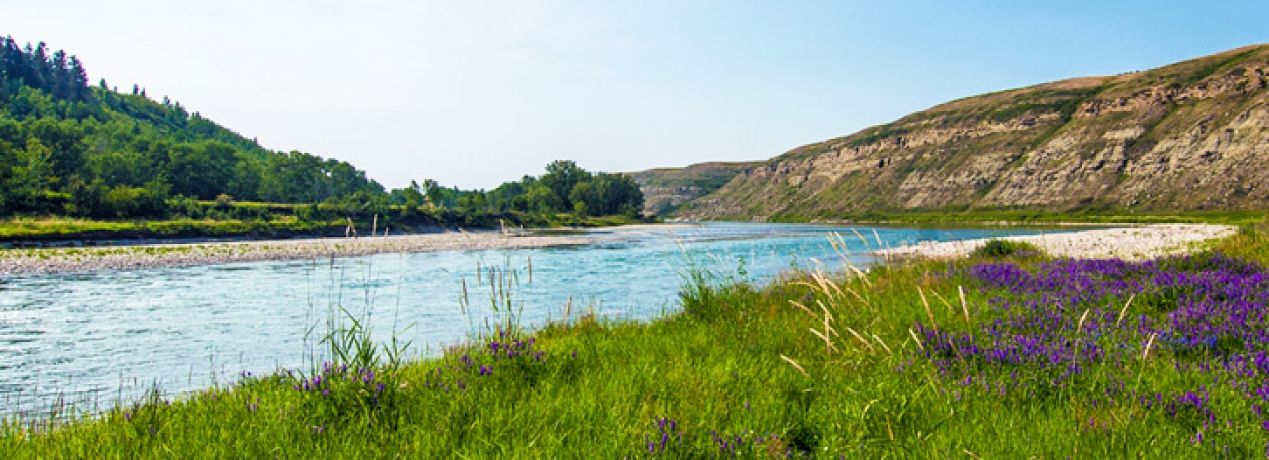Protecting the environment, including water, is part of the AER's mandate. Therefore, any energy resource development that involves water is under our authority. Oil and gas companies in Alberta use water in a variety of activities; some of these activities have the potential to affect the quality and quantity of Alberta's water, either surface water or groundwater. We work hard to ensure that these companies use and manage water safely and responsibly, and protect water resources from possible impacts from their operations.
We do this by
- reviewing all energy development applications under the Water Act to ensure their operations comply with requirements;
- ensuring companies have our approval before they use water to develop resources; and
- conducting inspections, audits, and performance reviews to ensure that our rules are followed.
Decisions around water use and protection related to other purposes, including municipalities, agriculture, and forestry, are made by Alberta Environment and Parks (AEP). Learn more about our Water Act responsibilities.
How do energy companies use water?
In Alberta, two types of water are commonly used by energy companies—nonsaline and alternative. Companies must apply for our approval from the AER before using nonsaline water in their operations. They do not have to apply to use alternative water, but they must report how much they're using.

The energy industry is allocated a percentage of the water available for use in Alberta by Alberta Environment and Parks. Water is also allocated to other users such as agriculture, forestry, commercial (e.g., golf courses and gravel pit operations), and municipalities.
Of the water allocated to the energy industry, over 60 per cent was for oil sands mining, and the remaining portion was used in enhanced oil recovery, hydraulic fracturing, in situ recovery operations, or for other uses. You can learn more about how water is allocated and used by reading our annual Alberta Water Use Performance Report.
How We Make Decisions on Water Use
All nonsaline (e.g., fresh) water requires a license before it can be used. Before nonsaline water is allocated through a license, several factors are considered: how much water is available, how much water is already allocated, and is there a potential impact if that water is used. Data is available on all of these aspects, and is included in our decision-making processes.
Companies applying to use water must disclose details including:
- the water bodies they are taking water from,
- the amount of water they need and why,
- the rate at which they will take the water
- how long they need to use the water, and
- what exactly they need the water for.
We share all Water Act applications for 30 days on our Public Notice of Applications tool and encourage public participation in our review process.
Our specialists—hydrologists, hydrogeologists, limnologists, and fish and wildlife biologists—review these applications. We consider many factors, including the amount of water available, water management frameworks under provincial land-use regional plans, and the impact the activity or project might have on fish, wildlife, aquatic habitat, and water users.
Water Use Over a Project's Life Cycle
Companies applying for a license to use nonsaline water must state the maximum amount they'll need for their project's entire life cycle. Once a project becomes operational, a company's water use often declines. This happens for a number of reasons. For example, the company might have a better understanding of the site's geology or secure alternative sources of water. It might also be recycling water previously used in their operation.
Compliance and Enforcement
Our inspectors across Alberta regularly inspect energy facilities to ensure that companies are not using more water than what we allow. If a company isn't meeting our requirements, we'll use one of our many compliance and enforcement tools to bring them back into compliance and assess penalties where appropriate.
Sharing Information
Our annual Water Use Performance Report discloses how much water energy companies in Alberta use—including how much water is being recycled—for activities including oil sands (mining and in situ), hydraulic fracturing, and enhanced oil recovery. This report is part of our industry performance program, which measures, evaluates, and reports on the energy development activities we regulate.
We also publish monthly and annual in situ water use information in our Thermal In Situ (TIS) Water Publication. This interactive dashboard allows users to filter and analyze the information in different ways.


